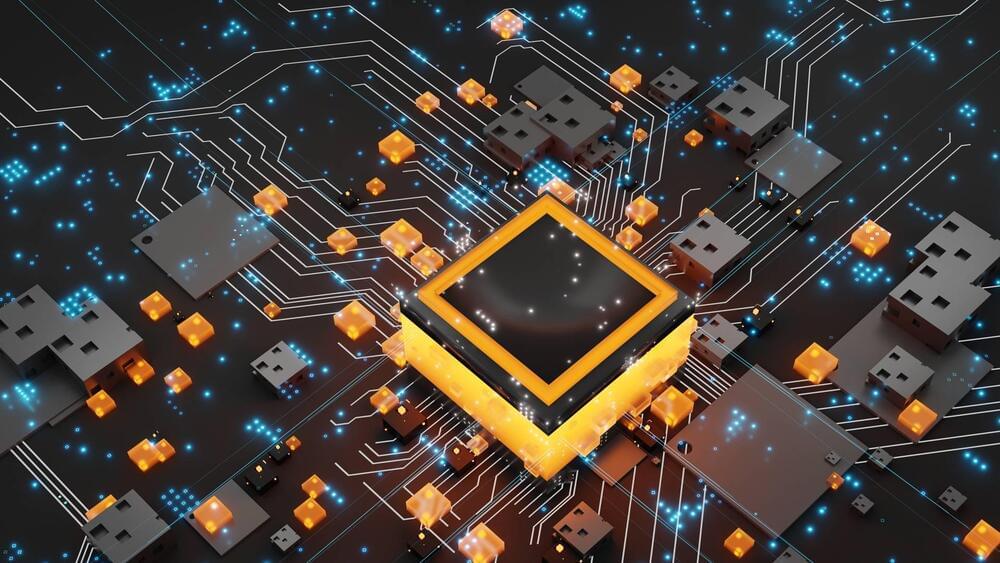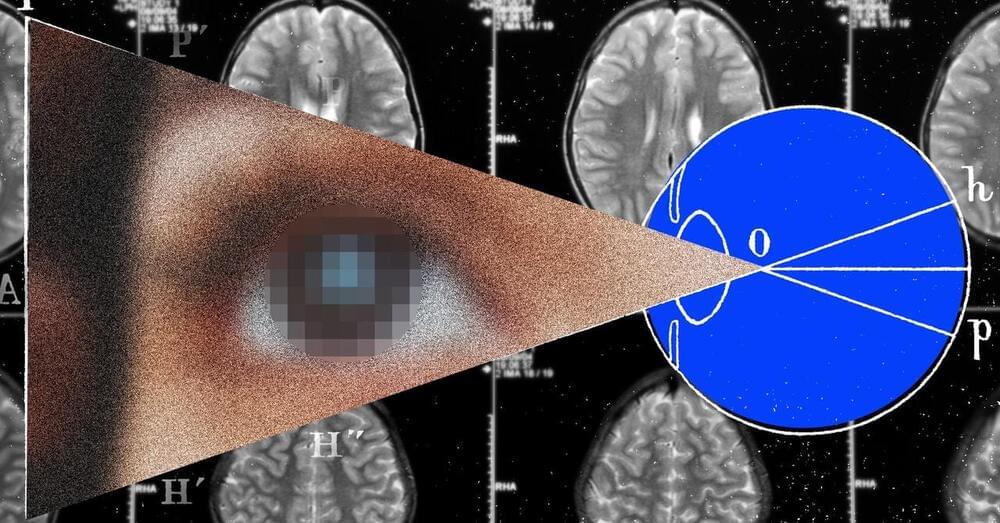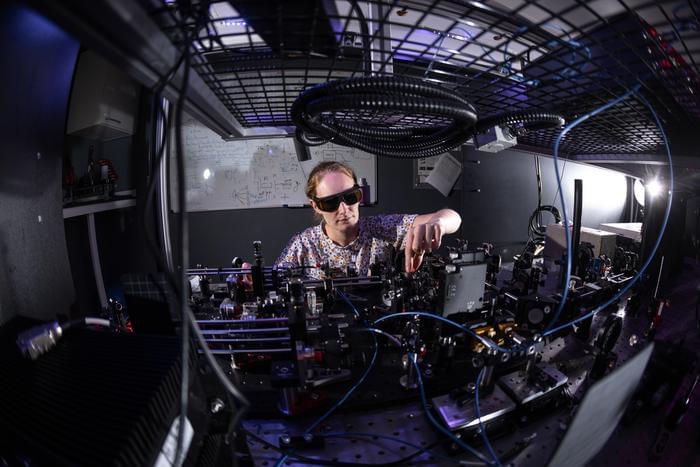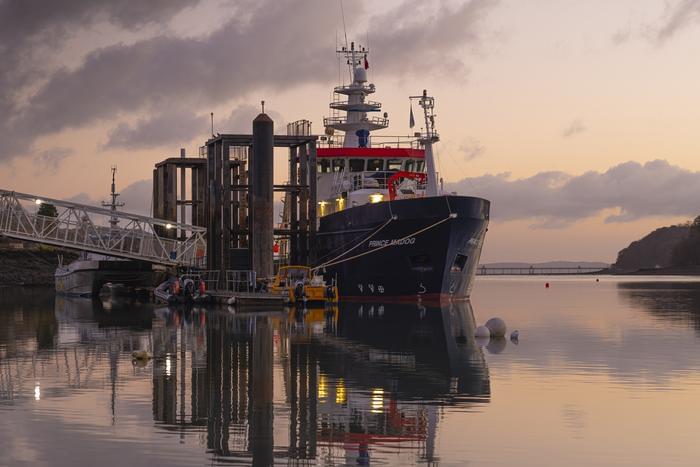It may revolutionize how we approach quantum computing.



‘Three Nines’ Surpassed: Quantinuum Notches Milestones For Hardware Fidelity And Quantum Volume Formed in 2021, Quantinuum is the combination of the quantum hardware team from Honeywell Quantum Solutions (HQS) and the quantum software team at Cambridge Quantum Computing, HQS was founded in 2014.
Quantinuum has raised the bar for the global ecosystem by achieving the historic and much-vaunted “three 9’s” 2-qubit gate fidelity in its commercial quantum computer and announcing that its Quantum Volume has surpassed one million – exponentially higher than its nearest competitors.
By Ilyas Khan, Founder and Chief Product Officer, Jenni Strabley, Sr Director of Offering Management
All quantum error correction schemes depend for their success on physical hardware achieving high enough fidelity. If there are too many errors in the physical qubit operations, the error correcting code has the effect of amplifying rather than diminishing overall error rates. For decades now, it has been hoped that one day a quantum computer would achieve “three 9’s” – an iconic, inherent 99.9% 2-qubit physical gate fidelity – at which point many of the error-correcting codes required for universal fault tolerant quantum computing would successfully be able to squeeze errors out of the system.

In 2021, he heard about a trial of a visual prosthesis at Illinois Institute of Technology in Chicago. Researchers cautioned that the device was experimental and he shouldn’t expect to regain the level of vision he had before. Still, he was intrigued enough to sign up. Thanks to the chips in his brain, Bussard now has very limited artificial vision—what he describes as “blips on a radar screen.” With the implant, he can perceive people and objects represented in white and iridescent dots.
Bussard is one of a small number of blind individuals around the world who have risked brain surgery to get a visual prosthesis. In Spain, researchers at Miguel Hernández University have implanted four people with a similar system. The trials are the culmination of decades of research.
There’s interest from industry, too. California-based Cortigent is developing the Orion, which has been implanted in six volunteers. Elon Musk’s Neuralink is also working on a brain implant for vision. In an X post in March, Musk said Neuralink’s device, called Blindsight, is “already working in monkeys.” He added: “Resolution will be low at first, like early Nintendo graphics, but ultimately may exceed normal human vision.”

“Interfacing two key devices together is a crucial step forward in allowing quantum networking, and we are really excited to be the first team to have been able to demonstrate this,” said Dr. Sarah Thomas.
How close are we to making quantum computing a reality? This is what a recent study published in Science Advances hopes to address as an international team of researchers discuss recent progress in how quantum information is both stored and then transmitted over long distances using a quantum memory device, which scientists have attempted to develop for some time. This study holds the potential to help scientists better understand the processes responsible for not only making quantum computing a reality, but also enabling it to work as seamlessly as possible.
While traditional telecommunications technology uses “repeaters” to prevent the loss of information over long distances, quantum computing cannot use such technology since it will destroy quantum information along the way. While quantum computing uses photons (particles of light) to send information, storing the information using a quantum memory device for further dissemination has eluded researchers for some time. Therefore, to combat the problem of sending quantum information over long distances, two devices are required: the first will send the quantum information while the second will store them for later dissemination.
It is the linking of these two devices that this recent study addresses, as the team of more than a dozen researchers successfully connected these two devices using optical fibers to send the data, which is being hailed as a first step in developing quantum systems. This breakthrough was accomplished with the collaboration of several European universities involving the creation of a quantum dot light source and integrating it with the quantum memory device.


Researchers from the National University of Singapore (NUS) have developed a new design concept for creating next-generation carbon-based quantum materials, in the form of a tiny magnetic nanographene with a unique butterfly-shape hosting highly correlated spins. This new design has the potential to accelerate the advancement of quantum materials which are pivotal for the development of sophisticated quantum computing technologies poised to revolutionize information processing and high density storage capabilities.

With climate change warming the oceans, this results in drastic consequences for marine life in deep water environments, but can steps be taken to help mitigate these effects? This is what a recent study published in Nature Communications hopes to address as a team of researchers from the United Kingdom investigated how “mixing down” oxygen levels in the ocean could help contribute to a more suitable environment for deep sea life. This study holds the potential to help scientists, conservationists, legislators, and the public better understand the steps that can be taken to mitigate the long-term effects of climate change.
Decreasing oxygen levels in the ocean is a natural phenomenon, but climate change has been predicted to accelerate this process, which could lead to massive decreases in oxygen levels in deep water environments and pose catastrophic consequences for marine life. For the study, the researchers used new methods that combine ocean water data from the Celtic Sea and computer models to ascertain how deep water oxygen levels could be replenished during the warmer summer months. In the end, they determined that summertime storms can result in the “mixing down” of oxygen and decrease this oxygen loss by almost half, which also shows promise for putting floating wind farms in the northern North Sea and Celtic Sea to assist in this process.
“There is growing concern for the health of our coastal oceans as the climate warms because warmer water holds less oxygen,” said Dr. Tom Rippeth, who is a Professor of Physical Oceanography at Bangor University and lead author of the study. “Living creatures in the ocean are reliant on oxygen to survive in the same way as animals on land are. Oxygen is also used up as rotting matter decomposes in the depths of the ocean. This creates a summer oxygen deficit in the deep seas around the UK. Unfortunately, as our climate warms, this deficit is forecast to grow.”



Photonic quantum computation, a type of quantum computation that uses light particles or photons, is divided into two main categories: discrete-variable (DV) and continuous-variable (CV) photonic quantum computation. Both have been realized experimentally and can be combined to overcome individual limitations. Photonic quantum computation is important as it can perform specific computational tasks more efficiently. It has several advantages, including the ability to observe and engineer quantum phenomena at room temperature, maintain coherence, and be engineered using mature technologies. The future of photonic quantum computing looks promising due to the significant progress in photonic technology.
Photonic quantum computation is a type of quantum computation that uses photons, particles of light, as the physical system for performing the computation. Photons are ideal for quantum systems because they operate at room temperature and photonic technologies are relatively mature. The field of photonic quantum computation is divided into two main categories: discrete-variable (DV) and continuous-variable (CV) photonic quantum computation.
In DV photonic quantum computation, quantum information is represented by one or more modal properties, such as polarization, that take on distinct values from a finite set. Quantum information is processed via operations on these modal properties and eventually measured using single photon detectors. On the other hand, in CV photonic quantum computation, quantum information is represented by properties of the electromagnetic field that take on any value in an interval, such as position. The electromagnetic field is transformed via Gaussian and non-Gaussian operations and then detected via homodyne detection.